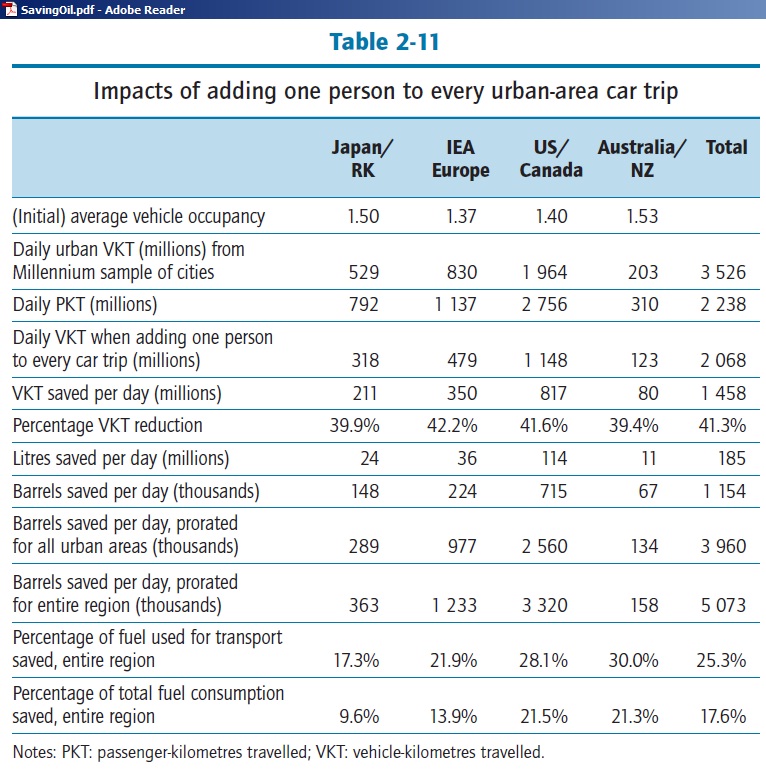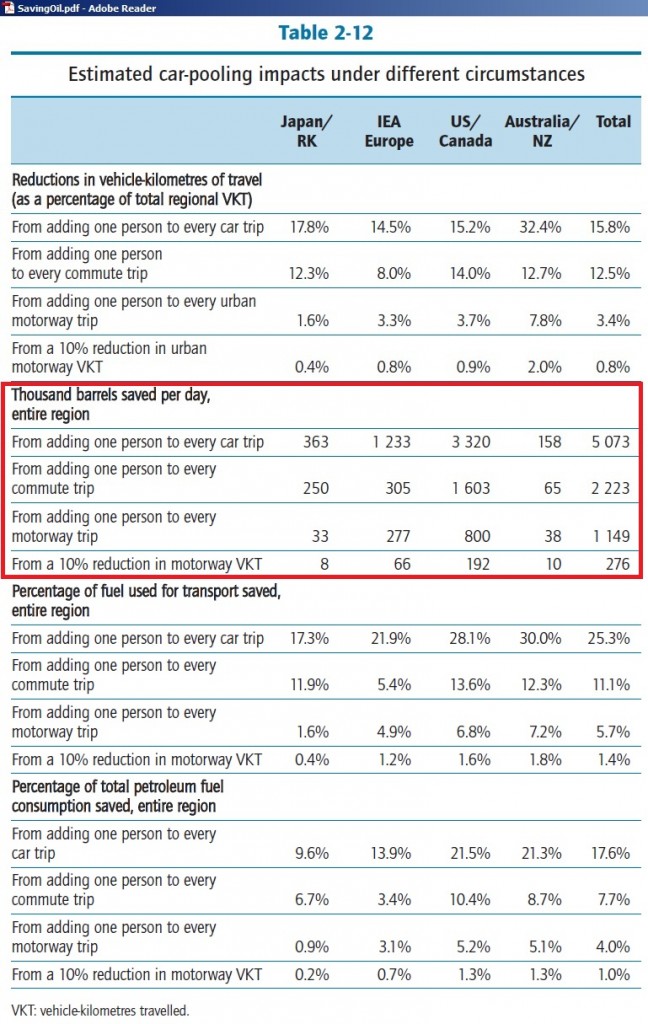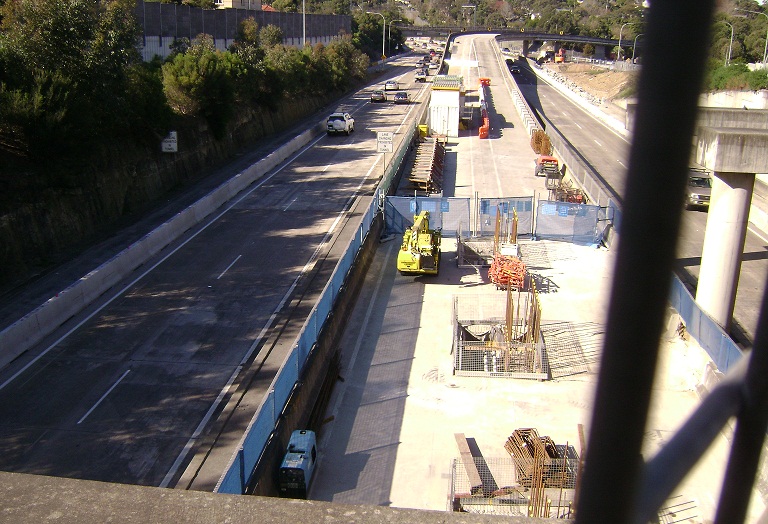7 years after crude oil production started to peak in 2005, desperate attempts are being made to continue business as usual as the US and the International Energy Agency decided to release 60 mb of oil over 1 month from the Strategic Oil Reserve, half from the US and half from other member states, to replace part of the 140 mb of lost production from Libya. This is proof that OPEC doesn’t have the spare capacity it is supposed to have, namely 4.14 mb/d (IEA, monthly oil market report May 2011, page 19) which should be activated over 30 days and maintained over 90 days.
And that only weeks after the Chief Economist of the same IEA warned that conventional oil production peaked in 2006 and that we should have prepared for this historic turning point already 10 years ago. Did the US “lobby” the IEA to release oil? We remember:
Key oil figures were distorted by US pressure, says whistleblower
9/11/2009 http://www.guardian.co.uk/environment/2009/nov/09/peak-oil-international-energy-agency
Previous attempts failed or had unintended negative side effects:
(1) “Drill, baby, drill” lead to an environmental disaster in the Gulf of Mexico when the Deep Water Horizon exploded
(2) “Pump, baby, pump” instructions to Saudi Arabia could not be implemented because Saudi oil production and, more importantly, oil exports had already peaked
(3) “Print, baby, print” money in response to the GFC – which was triggered by peak oil – contributed to higher oil prices
(4) “Bomb, baby, bomb” in Iraq and now Libya created chaotic environments in which oil production and refining are continuously in danger of being disrupted
(5) “Grow, baby, grow” crops for bio-fuels lead to large agricultural areas taken off from food production, thereby contributing to higher global food prices which in turn helped to spark social unrest in oil producing countries
“Flood, baby, flood” the oil market with oil from the Strategic Oil Reserve will “work” only temporarily, of course. It is like more drugs for a drug-addict. In fact, economically, it sends the wrong price signals to the market, thereby only prolonging the necessary adaptation process in which our economy must get used to living with less oil. This can only be done by increasing the productivity in the use of oil.
In the context of peak oil, declining oil production and global warming, oil from the Strategic Reserve should only be used
(a) In the case of physical oil shortages impacting on essential services and food production/transport
(b) To supply diesel for rail and other projects which make us less dependent on oil
(c) To provide fuels for all projects to reduce CO2
Many other attempts to replace oil will follow, like trying to introduce electric cars with electricity from coal fired power plants.
But how about reducing demand for oil? In 2005 the same IEA which now opens the spigots published a 170 page document entitled “How to Save Oil in a Hurry”
www.iea.org/textbase/nppdf/free/2005/savingoil.pdf
That’s 1.7 mb/d compared to 2 mb/d over 1 month from the Strategic Reserve = 60 mb. This gives us some idea how difficult it will be to bring that demand down, but it could be brought down continuously, not just for a month or two.
IEA Press Release: Saving Oil in a Hurry
28 April 2005 Paris — Today the IEA has issued a new analysis of measures that governments can use to “save oil in a hurry”. There are many possible reasons why governments might want to save oil quickly; an obvious one is to cope with oil supply disruptions.“Our study shows that a number of measures could provide substantial reductions in transport oil use quickly and cheaply – if countries are well-prepared and act aggressively during an emergency”, said Claude Mandil, the Executive Director of the International Energy Agency (IEA) at the launch of Saving Oil in a HurryThis book provides an assessment of the potential oil savings and implementation costs of rapid oil demand restraint measures for transport. This tool box of measures includes new approaches towards telecommuting, car-pooling, transit use and “ecodriving” (fuel efficient driving styles), among other measures.If implemented by many IEA countries, certain combinations of measures could reduce world oil demand by a significant amount – on the order of a million barrels per day or more. Such actions could be used to complement supply-side measures (such as use of strategic oil stocks) to help countries cope with oil supply disruptions, and avoid physical shortages and associated price spikes.Some of the assessed measures may make sense for many situations, others primarily during emergencies; all can be implemented quickly – if governments are prepared. These measures are by no means a substitute for careful transportation planning, promoting efficiency improvements and other medium-term and long-term strategiesPerhaps most importantly, this book is intended to raise awareness that transport demand response is an important aspect in dealing with supply disruptions, apart from oil supply management. Oil demand in transport is indeed very “inelastic” in the short run. But the measures outlined can help to change that, by giving travellers more options for coping, and giving countries an important tool for lowering the duration and costs of petroleum supply disruptions. |
http://www.iea.org/press/pressdetail.asp?PRESS_REL_ID=146
More details:
According to the EIA International Energy Statistics, Australia consumed 959 kb/d and New Zealand 155 kb/d in 2010, a total of 1,114 kb/d. Adding 1 person to a car trip (and of course that person avoiding a car trip and no population growth) would save 158 kb/d = 14%.
And what is 14%? Australian crude oil production declined by a whopping 27% in the last 12 months:
But we are not preparing for that. In the contrary, Sydney is just building a 3rd lane on the M2 while at the same time closing bus lanes and pulling down a bus ramp. So here comes the routine construction update cum documentation which contrasts oil statistics with a completely oil ignorant toll-way project:
The car pooling recommended by the IEA will of course mean that the revenue of toll-ways will go down dramatically (unless tolls are charged per passenger). So that will be very interesting to see how this will be implemented.
The next desperate attempt to rescue toll-ways will be to dream of electric cars. Here at least the IEA is realistic:
Fact versus fiction
15 June 2011
The IEA sets the record straight on energy-related misperceptions
Myth: We could end dependence on oil with electric vehicles within a few years.
Reality: Electric vehicles can play an increasingly important role over time, but even with rapid sales growth they will not save more than a few percent of worldwide oil use until after 2020.
Explanation: Countries around the world have set electric vehicle (EV) and plug-in hybrid electric vehicle (PHEV) sales targets that, when combined, amount to about 7 million sales per year by 2020. If this is achieved, it will result in over 20 million electric vehicles on the road by that year, taking into account all sales over the next nine years. While this would represent tremendous success for EVs and PHEVs, 20 million is only 2 percent of the expected one billion vehicles on the road in that year.
http://www.iea.org/index_info.asp?id=2018
2020? We got some advice from Bari Abdul Atwan in this interview with Tony Jones from ABC TV, already in August 2007:
I think in 2020 we will see a completely different Middle East, because most of oil resources outside the Gulf, in particular, will be dried up simply because it’s very short-term production oil reserves. Even in Iran in 2020, 2025, the oil will run out completely.
http://www.abc.net.au/lateline/content/2007/s2013661.htm
Well, before that happens, oil exports from Iran will go towards zero.
http://crudeoilpeak.info/iran-peak
We’ll learn in the next years what that will mean, when the new lanes on the M2 open for traffic.
And how about the dreaded next phase of the debt crisis? When that hits, Transurban may not get additional finance for the remaining 50% of the construction cost.
11/2/2011
Money in Transurban’s cash box not enough to complete M2 widening
http://crudeoilpeak.info/money-in-transurban%e2%80%99s-cashbox-not-enough-to-complete-m2-widening
Now, has anyone the courage to stop the bus ramp removal on the M2?
And when I propose to put a rail line on the M2, I am not asking for trains to be fully loaded like between Dhaka and Tongi during the Tongi festival.
Energy efficient transport in Bangladesh
 http://blogs.sacbee.com/photos/2011/01/mass-prayer-at-bangladesh-isla.html
http://blogs.sacbee.com/photos/2011/01/mass-prayer-at-bangladesh-isla.html
Watch the video:
http://www.youtube.com/watch?v=zvVuiED3k90
Further reading:
IEA collective action – June 23, 2011
Frequently asked questions http://www.iea.org/files/faq.asp





